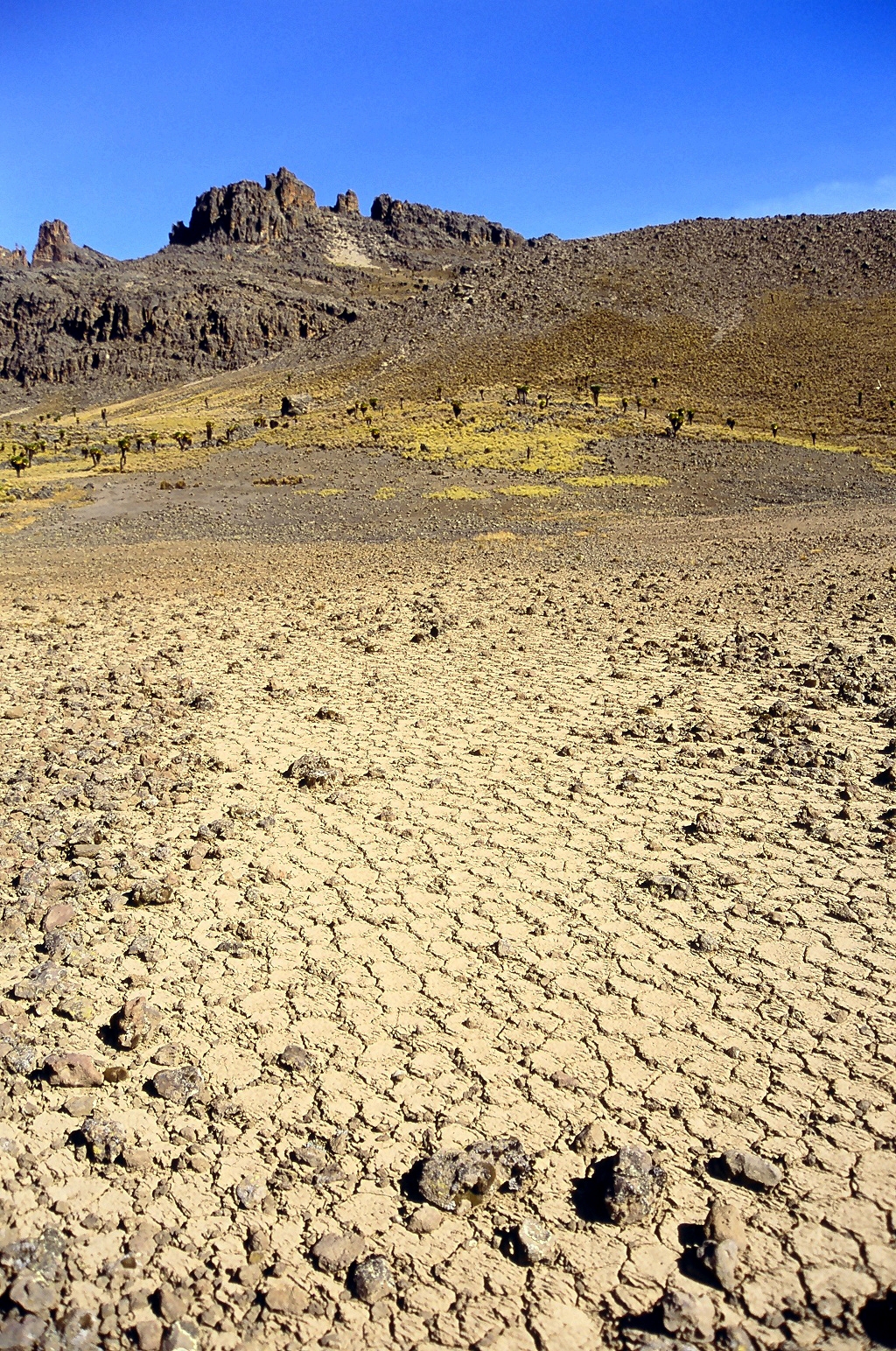|
Paraglacial
Paraglacial means unstable conditions caused by a significant relaxation time in processes and geomorphic patterns following glacial climates.Church, Michael and June M Ryder, ''Paraglacial Sedimentation: A Consideration of Fluvial Processes Conditioned by Glaciation,'' GSA Bulletin; October 1972; v. 83; no. 10; p. 3059-3072 Rates of landscape change and sediment output from the system are typically elevated during paraglacial landscape response. When a large mass of ice melts, the newly exposed landscape is free of vegetation and is generally unstable. Often, the retreating glacier is providing the area with high stream discharge, further increasing erosion. The combination of a lack of vegetation, high discharge, and a changing climate (the cause of deglaciation) forces ecological communities, sediment deposition patterns and surface morphology to adjust to the new conditions over time. Periglacial Periglaciation (adjective: "periglacial", referring to places at the edges ... [...More Info...] [...Related Items...] OR: [Wikipedia] [Google] [Baidu] |
Geomorphology
Geomorphology () is the scientific study of the origin and evolution of topographic and bathymetric features generated by physical, chemical or biological processes operating at or near Earth's surface. Geomorphologists seek to understand why landscapes look the way they do, to understand landform and terrain history and dynamics and to predict changes through a combination of field observations, physical experiments and numerical modeling. Geomorphologists work within disciplines such as physical geography, geology, geodesy, engineering geology, archaeology, climatology, and geotechnical engineering. This broad base of interests contributes to many research styles and interests within the field. Overview Earth's surface is modified by a combination of surface processes that shape landscapes, and geologic processes that cause tectonic uplift and subsidence, and shape the coastal geography. Surface processes comprise the action of water, wind, ice, wildfire, and lif ... [...More Info...] [...Related Items...] OR: [Wikipedia] [Google] [Baidu] |
Periglacial
Periglaciation (adjective: "periglacial", referring to places at the edges of glacial areas) describes geomorphic processes that result from seasonal thawing and freezing, very often in areas of permafrost. The meltwater may refreeze in ice wedges and other structures. "Periglacial" originally suggested an environment located on the margin of past glaciers. However, freeze and thaw cycles influence landscapes also outside areas of past glaciation. Therefore, periglacial environments are anywhere when freezing and thawing modify the landscape in a significant manner. History Periglaciation became a distinct subject within the study of geology after Walery Łoziński, a Polish geologist, introduced the term in 1909. Łoziński drew upon the early work of Johan Gunnar Andersson. According to Alfred Jahn, his introduction of his work at the 1910 International Geological Congress held in Stockholm caused significant discussion. In the field trip to Svalbard that followed the congres ... [...More Info...] [...Related Items...] OR: [Wikipedia] [Google] [Baidu] |
Biocoenosis
A biocenosis (UK English, biocoenosis, also biocenose, biocoenose, biotic community, biological community, ecological community, life assemblage), coined by Karl Möbius in 1877, describes the interacting organisms living together in a habitat (biotope). Möbius, Karl. 1877. ''Die Auster und die Austernwirtschaft.'' Verlag von Wiegandt, Hemple & Parey: Berlin (English translation: The Oyster and Oyster Farming. ''U.S. Commission Fish and Fisheries Report'', 1880: 683–751) The use of this term has declined in the 21st сentury. In the palaeontological literature, the term distinguishes "life assemblages", which reflect the original living community, living together at one place and time. In other words, it is an assemblage of fossils or a community of specific time, which is different from "death assemblages" ( thanatocoenoses).e.g. Ager, 1963, Principles of Palaeoecology No palaeontological assemblage will ever completely represent the original biological community (i.e. ... [...More Info...] [...Related Items...] OR: [Wikipedia] [Google] [Baidu] |
Deposition (sediment)
Deposition is the geological process in which sediments, soil and rock (geology), rocks are added to a landform or landmass. Wind, ice, water, and gravity Transportation (sediment), transport previously Weathering, weathered surface material, which, at the loss of enough kinetic energy in the fluid, is deposited, building up layers of sediment. This occurs when the forces responsible for sediment transportation are no longer sufficient to overcome the forces of gravity and friction, creating a resistance to motion; this is known as the null-point hypothesis. Deposition can also refer to the buildup of sediment from Organic matter, organically derived matter or chemical processes. For example, chalk is made up partly of the microscopic calcium carbonate skeletons of marine plankton, the deposition of which induced chemical processes (diagenesis) to deposit further calcium carbonate. Similarly, the formation of coal begins with the deposition of organic material, mainly from plants ... [...More Info...] [...Related Items...] OR: [Wikipedia] [Google] [Baidu] |

